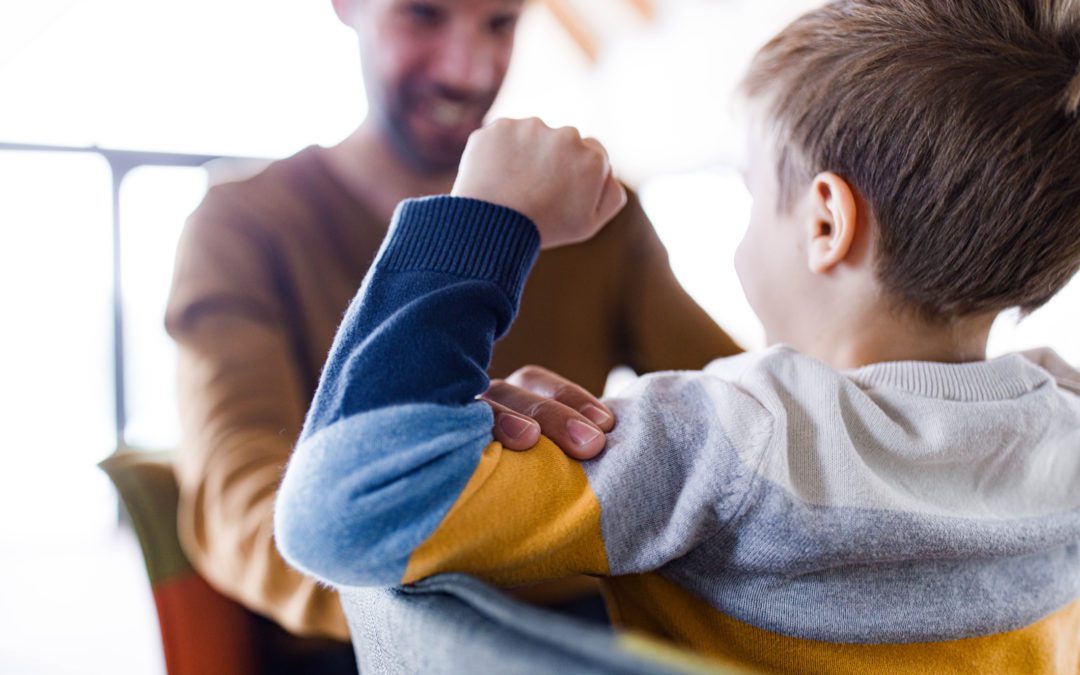What is a growth plate?
A growth plate is the new bone growth near the ends of long bones in children and teens. It includes the femur (thigh bone), radius and ulna (forearm), and the bones in the hands and feet.
What does a growth plate do and when does it close?
As the child grows, growth plates continue to divide and mature to form bone, adding length and width. These areas are weak spots in the child’s skeleton and are vulnerable to injuries.
Once they harden into solid bone, they’re considered closed. This usually happens around the end of puberty. For girls, it’s around 13 to 15, and for boys, 15 to 17.
Growth plate injuries
A growth plate fracture can occur in any long bone but is more prevalent in the fingers, wrist and lower leg. Falls and sports injuries are the usual culprits of fractures. Overuse and repeating the same movements over and over could also cause injury. These types of injuries are a source of great concern because if the entire growth plate is injured or damaged, it could stop growing, or the bone could grow in the wrong direction.
Symptoms
The symptoms of a growth plate injury typically include:
- Pain and tenderness after a fall or consistent overuse
- Swelling at the end of the bone
- Unable to bear weight because of pain
Treatment and prevention plans
Treatments typically range from casts and splints to surgery. It all depends on the severity of the injury and how much the growth plate is displaced.
To prevent fractures, it’s important for kids who play sports to have scheduled rest periods throughout the year so any damage to the plate can heal. In addition, they should wear the necessary protective gear the sport requires and avoid risky behavior otherwise.
Final thoughts
If you suspect your child might have a growth plate injury, the specialists at Missouri Orthopedics and Advanced Sports Medicine can help. Contact us to schedule an appointment.

